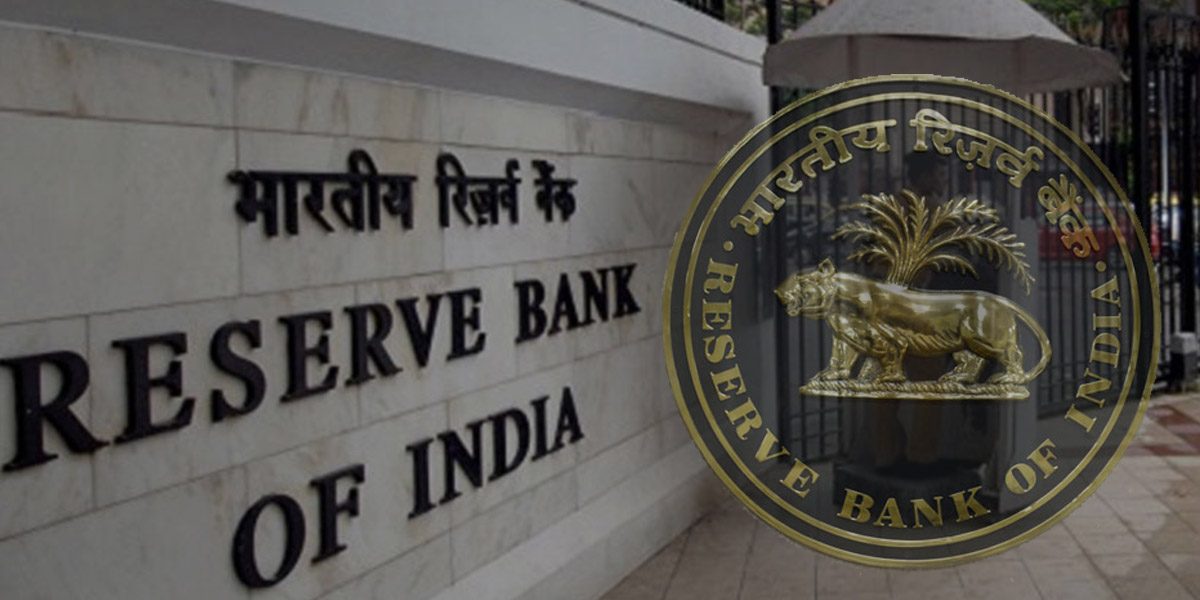
Non-banking financial companies (NBFCs) find themselves in trouble whenever any kind of financial crisis arises in the country. Such situations have arisen in 2008-09 and 2016-17. As soon as problems arise, banking institutions start pulling hands to provide funds to NBFCs due to fear of rising NPAs. First, the fort of NBFCs like IL&FS and then the triple finance (very safe for investment) rating like DHFL of the housing finance sector collapsed. Subsequently, the ratings of several other prestigious NBFCs became worse with the ratings being downgraded.
Experts believe that unless there is a sound fundraising mechanism for NBFCs, problems will persist. Efforts are on to improve the situation on behalf of RBI and the government, but these will only pave the way for the big NBFCs. The existential crisis will deepen on small lending NBFCs. The Reserve Bank has recently made a report public on the new system of regulation. It recommends separate regulation by dividing NBFCs into very large, large, medium and small categories.
It recommends strict regulations like banks on the country’s top 30 NBFCs. It involves raising the minimum capital requirement for NBFC registration from the existing Rs 2 crore to Rs 20 crore. In a way, it may prove to be better medicine for large NBFCs but it will increase the risk of exit from smaller companies. RBI has closed 2178 NBFCs in the last three years. The new regulation may increase this number.
A recent report by two large financial agencies, CRISIL and MK Global Financial Services, states that the problem of small and large NBFCs in the country does not seem to be going away. Shachindra Nath, executive chairman and MD of NBFC U-GRO, which is raising funds for small and medium scale industrial units of the country, said, “Our biggest problem is that we have to rely on other institutions for finance. Recently, the government has announced the creation of special financial institutions to provide financial facilities to the infra sector. Such an institution should also be created for NBFCs.
They have considered the RBI’s new regulations in the right direction. However, he expressed concern over the lack of any concrete provision for small NBFCs in the new regulations. The limit of the capital base from 20 million to 20 million may result in the closure of many small NBFCs. This will not be right. Vijay Bhushan, chairman of the Capital Markets Committee in the PHD Chamber, also talks of prioritizing the concerns of small and medium NBFCs. He says that after IL&FS and DHFL, NBFCs with large industrial houses like Tata Finance, Mahindra Finance, HDFC Housing Finance, L&T Finance have improved in this sector.
At the same time, raising funds for small and medium companies is still a challenge. From raising money to the general public to disbursing loans, there is a crisis on small NBFCs everywhere. The reason behind not increasing the credit growth rate in the last few years in the country is the reduction in loan disbursement by NBFCs. Post-Corona era, the speed of the economy is essential for the speed of the loan to remain uninterrupted and NBFCs can play a big role in this.
